Free photo Bloom Kapok Tree Pochote Blossom Ceiba Pentandra Max Pixel
Ceiba pentandra is a tropical tree of the order Malvales and the family Malvaceae (previously separated in the family Bombacaceae), native to Mexico, Central America and the Caribbean, northern South America, and (as the variety C. pentandra var. guineensis) to tropical west Africa.

Kapok tree (Ceiba pentandra) roughtly 55 m tall seen at Sacha Lodge, Napo, Ecuador. The trees
The Kapok tree is an emergent tree of the tropical rainforests, and is often described as majestic. It can grow to a height of 150 feet or more, towering over other trees in the rainforest.

Kapok Tree (Ceiba pentandra) with buttress roots in the rainforest of the Rincon de la Vieja
Kapok, or Kapok fibre, also known as ceiba and Java cotton, is the fine fibres from the fruit of the kapok tree Ceiba pentandra in the bombax family Bombacaceae. Description. Kapok is a fibrous material classified along with cotton, as plant hairs or seed fibres, unicellular fibres thet develop on the inside of the fruit bags. The kapok fibres.
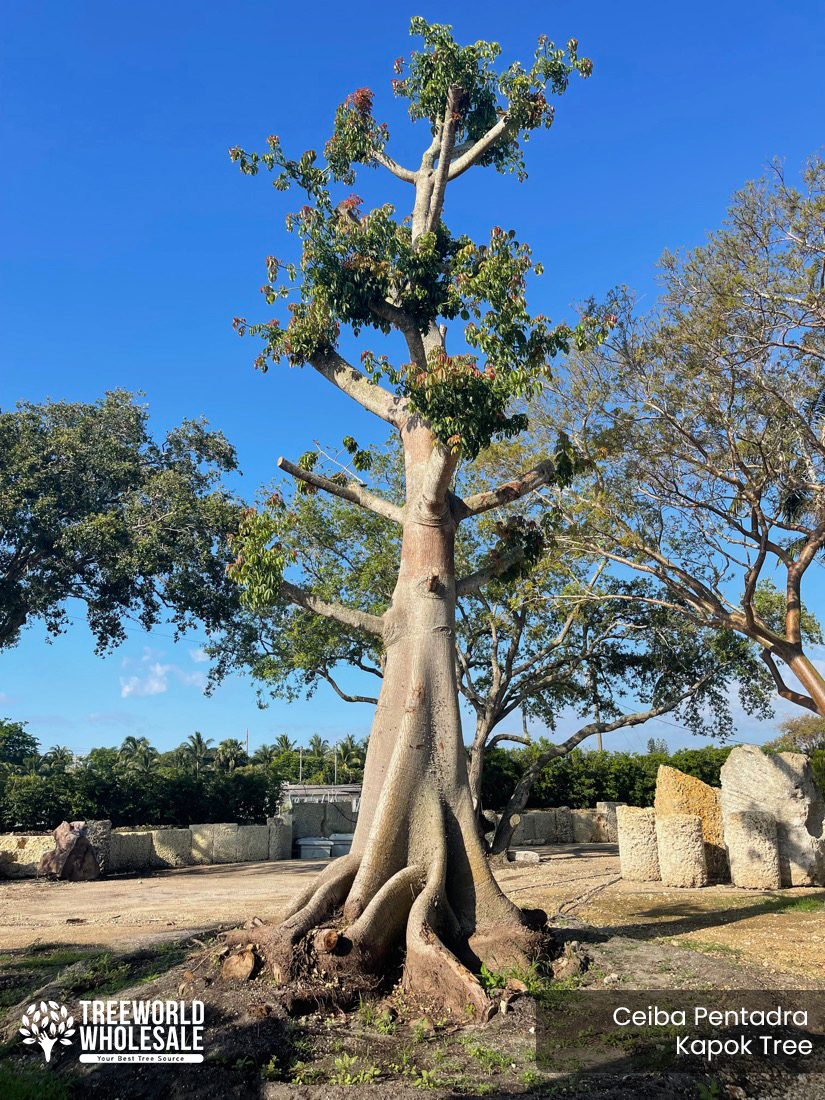
Ceiba Pentandra Kapok Tree For Sale South Florida 🌳 Treeworld Wholesale
The Ceiba tree ( Ceiba pentandra and also known as the kapok or silk-cotton tree) is a tropical tree native to North and South America and Africa. In Central America, the ceiba had great symbolic importance to the ancient Maya, and its name in the Mayan language is Yax Che ("Green Tree" or "First Tree"). Three Environments of the Kapok
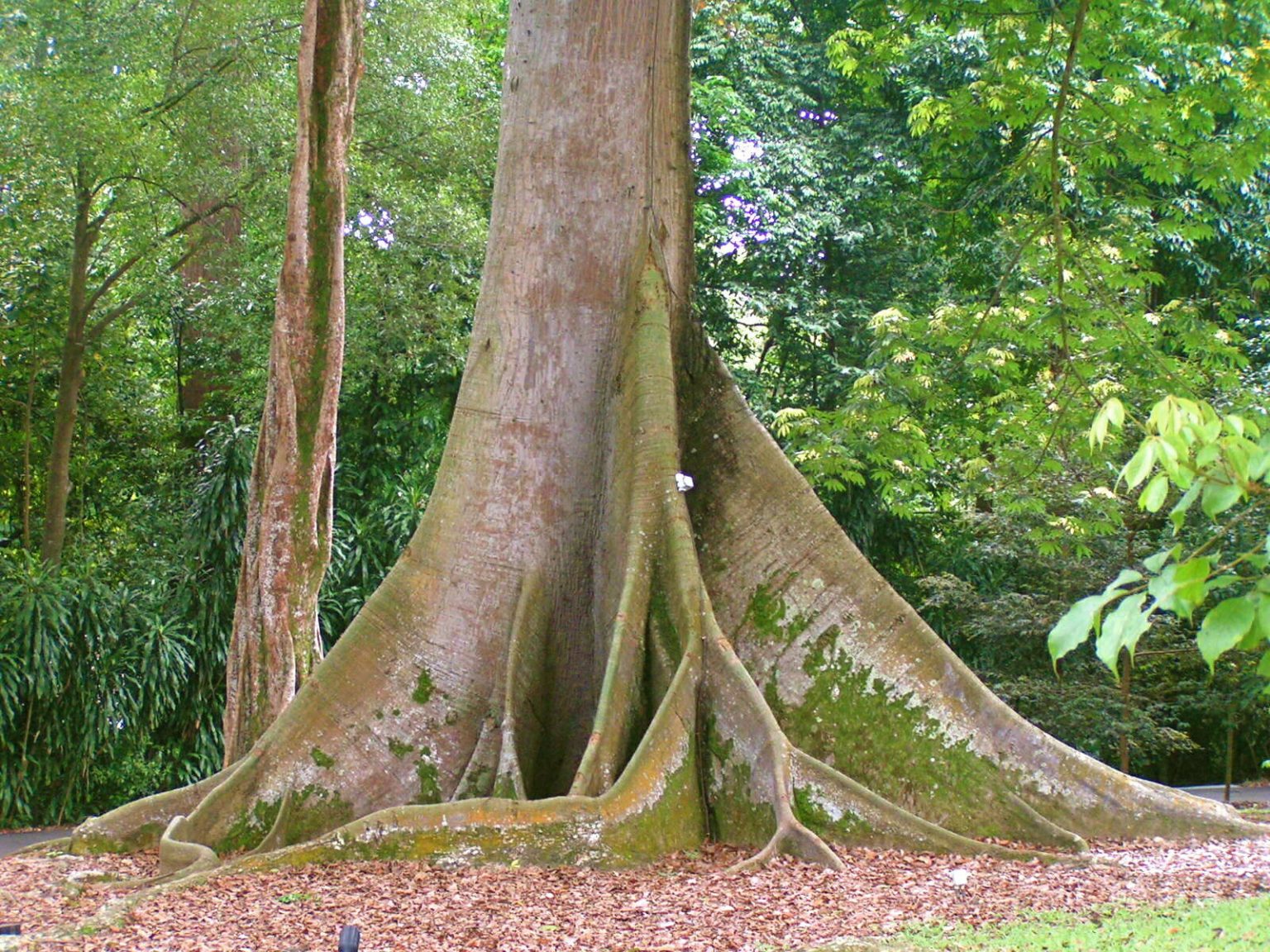
Ceiba pentandra Kapok Tree Quinta dos Ouriques
Ceiba pentandra, commonly known as kapok or silk-cotton tree, is a fast-growing (to 13' per year), deciduous (leaves drop during the dry season) tropical tree of the Bombax family that typically matures to 75-125', but infrequently soars to as much as 230' tall with a broad-spreading, somewhat flattened crown consisting of nearly horizontal bran.

Big ceiba, kapok tree, on the bank of the Javari River. Ceiba pentandra. Amazon Stock Photo Alamy
Kapok ( Ceiba pentandra (L.) Gaertn.) is a large deciduous tree, best known for the fibre produced by its fruit. It usually reaches a height of about 30-40 m but some varieties such as caribaea can reach 70 m ( Ecocrop, 2011; Ecoport, 2011 ). Kapok has a broad straight trunk and almost horizontally spreading branches.
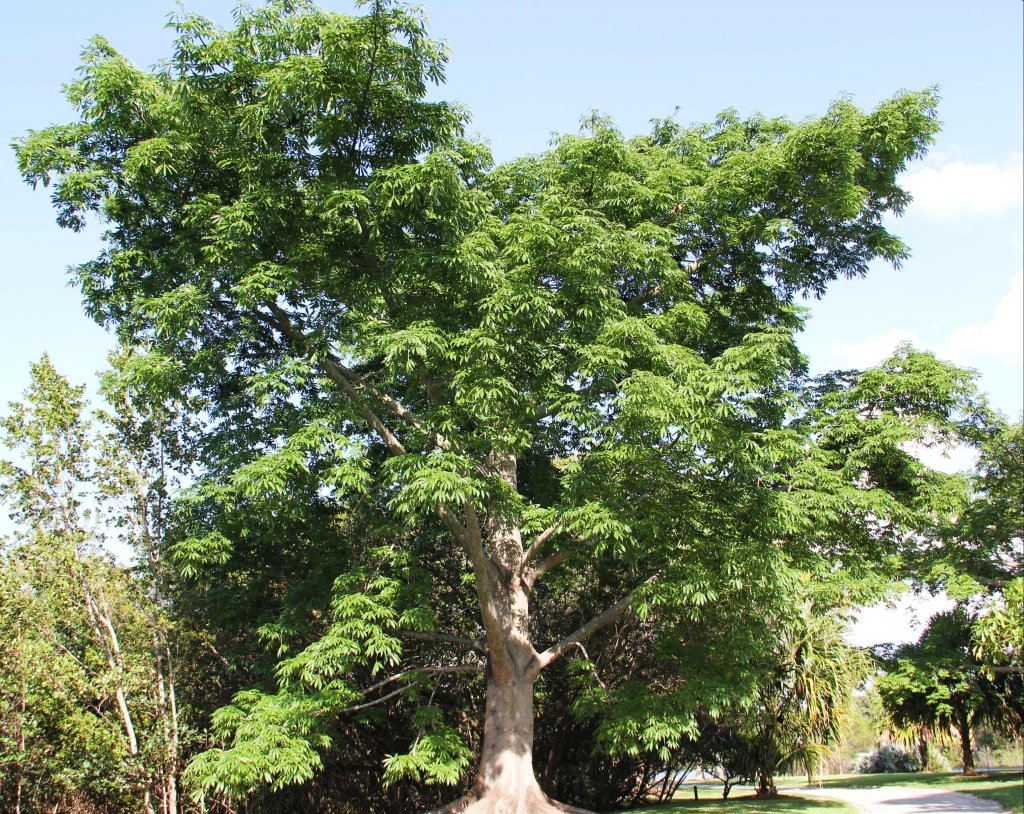
Ceiba Pentandra Kapok Tree For Sale South Florida 🌳 Treeworld Wholesale
Kapok Tree, White Silk-cotton Tree: Status: Exotic: Casual: Form: Tree: Native Distribution: Tropical America: Diagnostics: Ceiba pentandra is a huge majestic tree with distinctive large buttress roots and tiered branching. The tree's stem is usually covered with conical prickles. The leaves are palmately compound.

Ceiba pentandra Kapok Tree Quinta dos Ouriques
Category: Science & Tech Also called: Java cotton, ceiba, or Java kapok Bombax malabarica ). kapok, ( Ceiba pentandra ), seed-hair fibre obtained from the fruit of the kapok tree or the kapok tree itself. The kapok is a gigantic tree of the tropical forest canopy and emergent layer.

Kapok Tree [Ceiba pentandra] is a tropical tree of the order Malvales and the family Malvaceae
Geography. Ceiba pentandra, or kapok tree or Java kapok, is native to central and South America and tropical Africa but is also widely cultivated throughout the tropics, especially in the rainforests of southeast Asia.. Uses. The fluffy cotton-like seed pod of the kapok tree provides an essential fiber source for stuffing cushions, pillows, mattresses, insulation, absorbent material and down.

Kapok Silk Cotton Tree (ceiba pentandra) Urban Tropicals
It is Ceiba pentandra, or a Kapok Tree - a tropical tree of the order Malvales and the family Malvaceae (previously emplaced in the family Bombacaceae), native to Mexico, Central America and the Caribbean, northern South America, and (as the variety Ceiba pentandra var guineensis) West Africa.
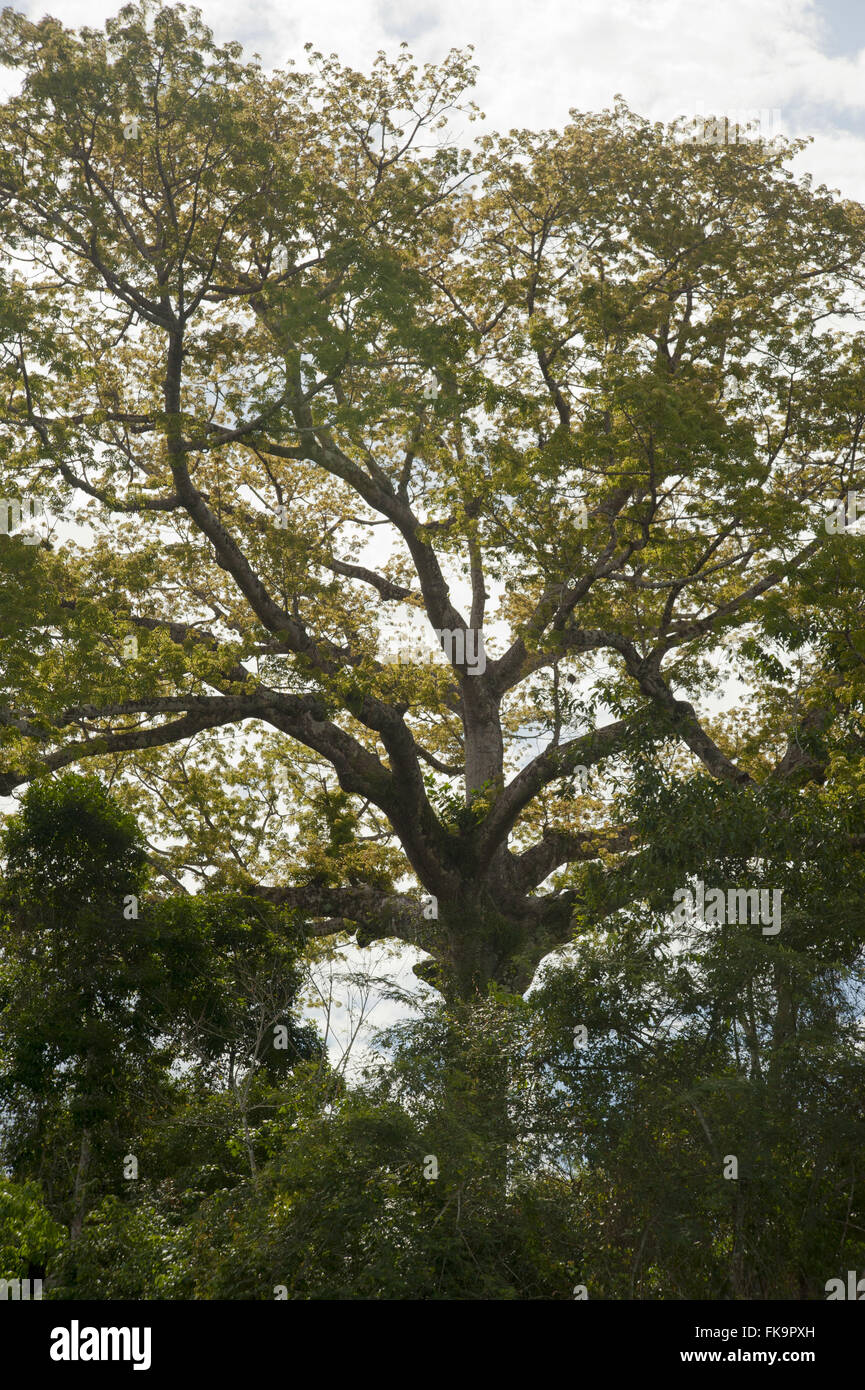
kapok tree or Samauma Ceiba pentandra Stock Photo Alamy
The tree and the cotton-like fluff obtained from its seed pods are commonly known in English as kapok, a Malay -derived name which originally applied to Bombax ceiba, a native of tropical Asia. [3] In Spanish-speaking countries the tree is commonly known as "ceiba" and in French-speaking countries as fromager.
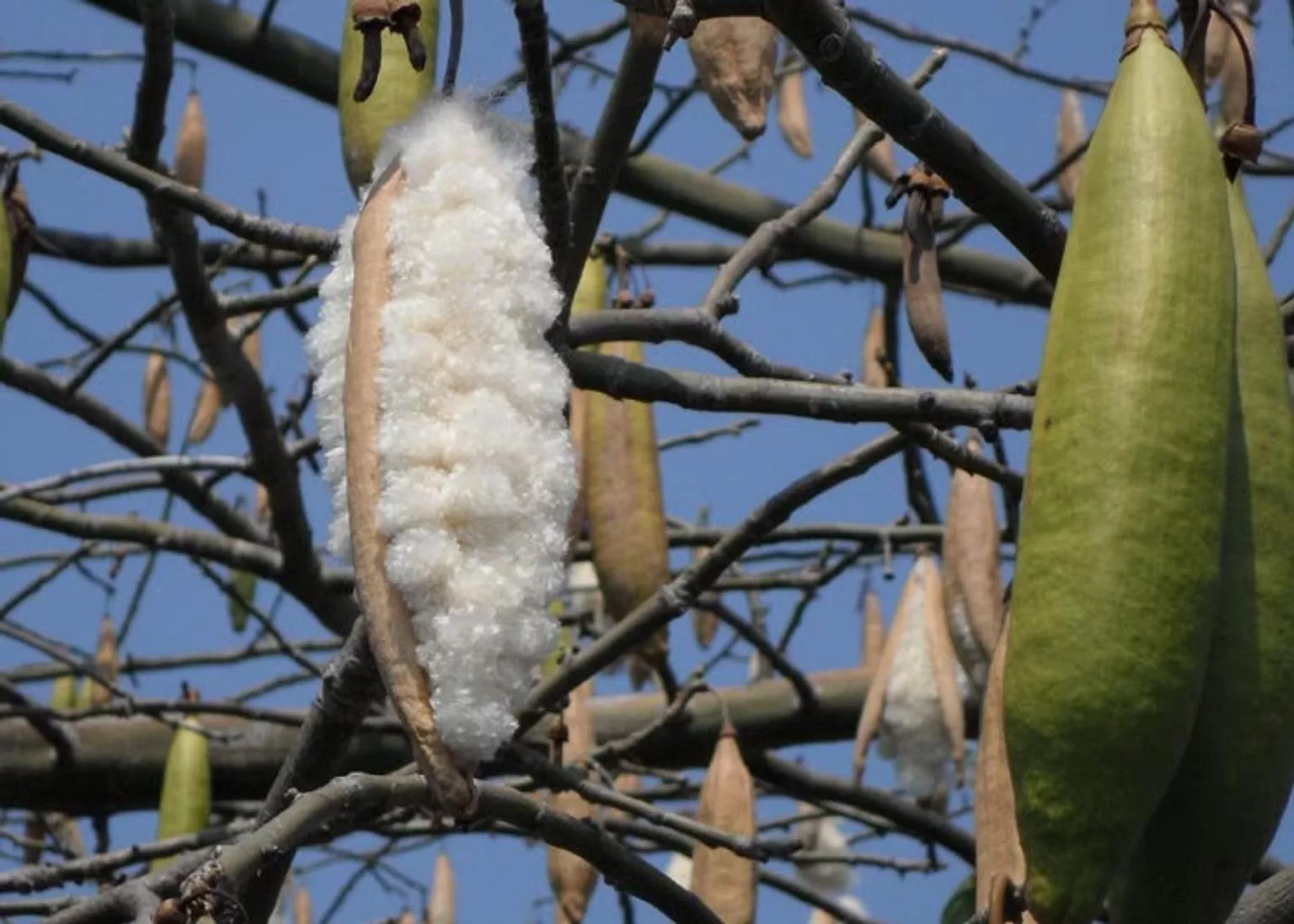
Ceiba pentandra Kapok Tree Quinta dos Ouriques
Abstract This datasheet on Ceiba pentandra covers Identity, Overview, Associated Diseases, Pests or Pathogens, Distribution, Biology & Ecology, Environmental Requirements, Uses, Management, Genetics and Breeding, Economics, Further Information. Get full access to this article View all available purchase options and get full access to this article.
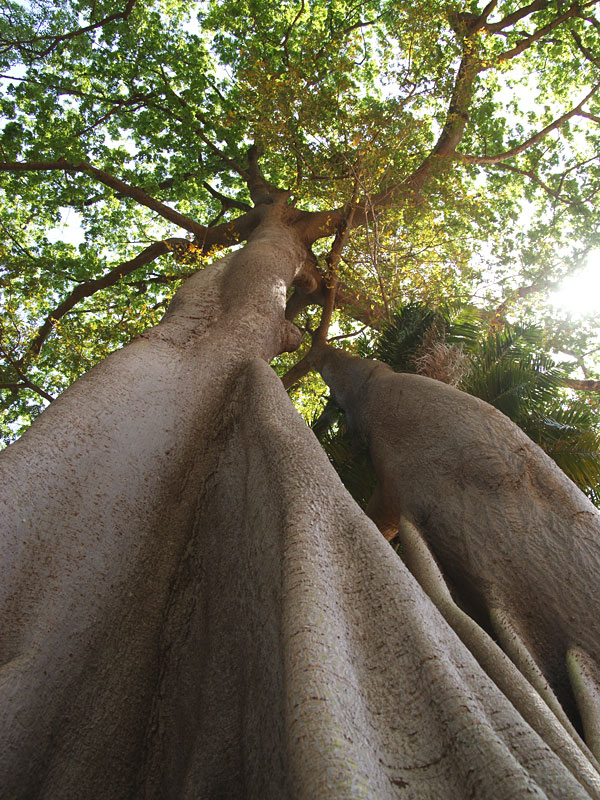
Kapok Silk Cotton Tree (ceiba pentandra) Urban Tropicals
Riesenauswahl an Markenqualität. Trees Encyclopedia gibt es bei eBay!

Ceiba Pentandra Tree 15 Seeds, Large Kapok Silk Cotton Java Bonsai Sam The Plant Attraction
Kapok tree (Ceiba pentandra) is an Ayurvedic medicinal plant known by the name Kutashalmali. It is traditional used in the treatment of liver and spleen disorders, ailments related to digestive fire, constipation, blood diseases etc.. Morphology of Ceiba pentandra. Ceiba pentandra is a tree growing up to more than 100 feet. Palmate leaves.

A very large Ceibo or Kapok tree (Ceiba pentandra) with an extensive system of buttress roots in
The kapok tree (Ceiba pentandra) is a large, hermaphroditic tree native to Central and South America, the Caribbean and North West Africa (Fig. 1). Due to its many commercial uses, the tree has been introduced to numerous countries throughout Africa and Asia, and it is now widespread throughout the tropics (Dick et al. 2007).
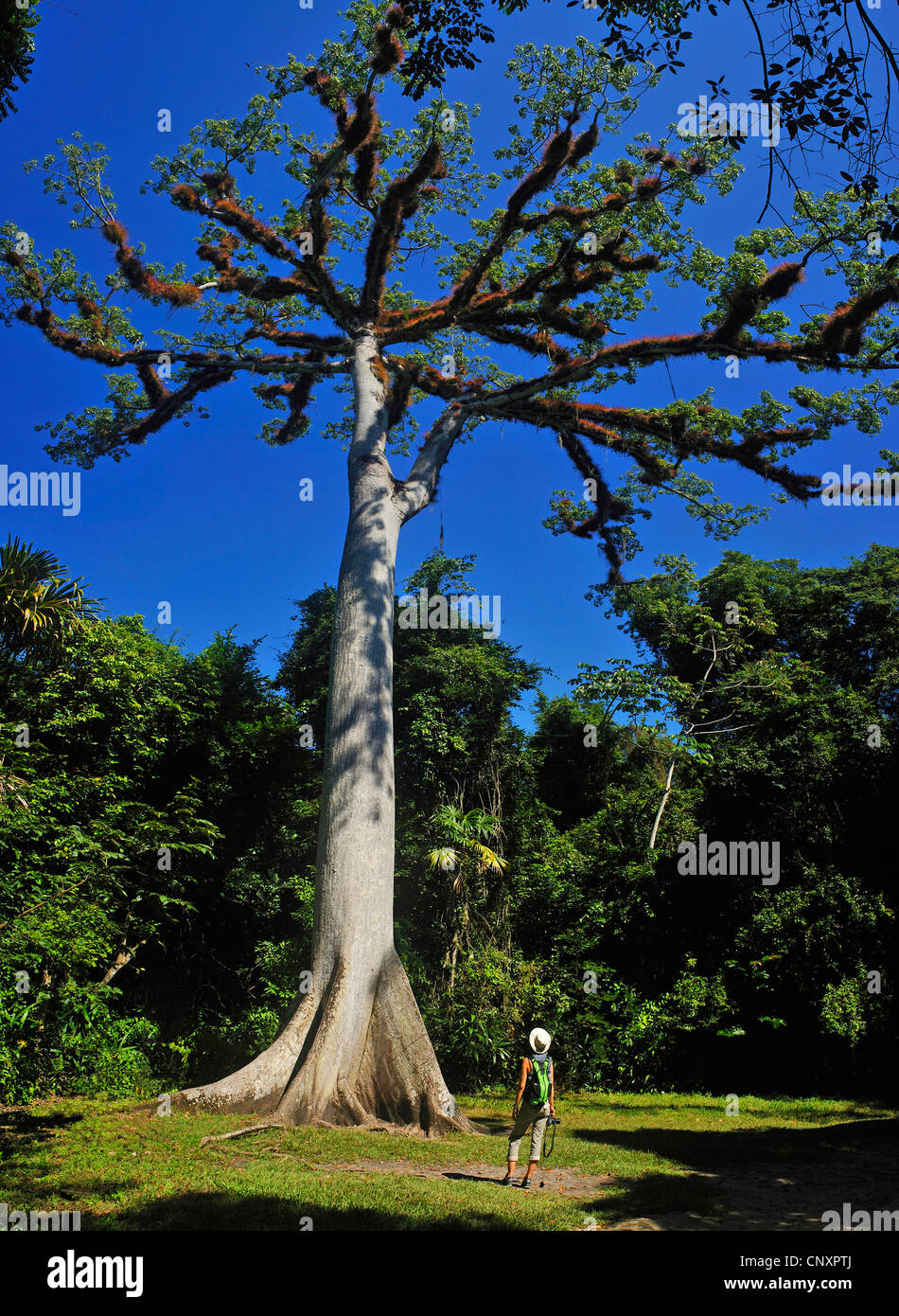
kapok tree (Ceiba pentandra), sacred tree in tirak wood, Guatemala Stock Photo 47917202 Alamy
The Kapok Tree, scientifically known as Ceiba pentandra, stands as a testament to botanical beauty in the heart of tropical rainforests. Towering over 200 feet in height, this majestic tree commands attention with its straight trunk and expansive canopy.